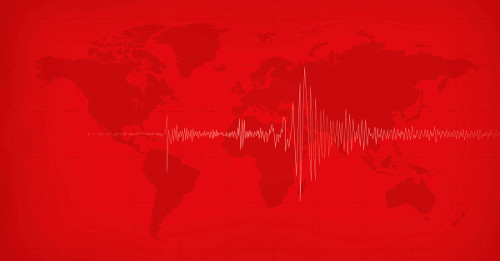Disaster resilience is a multidimensional construct that refers to the ability of a system, community, or individual to anticipate, resist, respond to, and recover from the adverse impacts of disasters, minimizing their potential to disrupt social and economic activities. In an era marked by the increasing frequency and intensity of natural disasters due to climate change, urbanization, and environmental degradation, the importance of building resilience cannot be overstated. Moreover, disaster resilience holds intrinsic ties with the United Nations’ 17 Sustainable Development Goals (SDGs), which are a global blueprint to achieve a better and more sustainable future for all by 2030. Notably, resilience acts both as an enabler and an outcome of many SDGs.
To begin with, SDG 11 focuses explicitly on making cities and human settlements inclusive, safe, resilient, and sustainable. This goal underscores the importance of developing urban areas that can effectively anticipate and manage challenges posed by natural disasters, such as floods, earthquakes, and hurricanes. Resilient urban infrastructure, early warning systems, and improved land use and urban planning are all essential components in achieving this. In addition, other SDGs, while not explicitly mentioning disaster resilience, are intricately linked to it. For instance, SDG 2, which seeks to end hunger, can be significantly advanced by promoting resilient agricultural practices that can withstand adverse climatic conditions, thereby ensuring food security even in times of crises. Similarly, SDG 3, which aims for good health and well-being, encompasses strengthening the capacity of health systems to manage health risks associated with disasters.
Moreover, resilience-building is a cross-cutting strategy that promotes the integration of various SDGs. By emphasizing the interdependencies between sectors, resilience thinking encourages synergistic approaches to development. For instance, resilient education systems (SDG 4) not only ensure continuous learning during disasters but also equip individuals with knowledge and skills needed to mitigate disaster risks and contribute to sustainable communities. Likewise, addressing the challenges of clean water and sanitation (SDG 6) directly correlates with reducing vulnerability to waterborne diseases during floods or droughts.
Furthermore, it's worth noting that the process of building resilience, by its very nature, requires multi-stakeholder collaboration, an aspect that echoes the spirit of SDG 17, which calls for partnerships to achieve the goals. Governments, private sector, civil society, and international organizations must come together, leveraging resources and expertise to develop integrated strategies that reinforce resilience at all levels – from individual households to entire nations.
Disaster Resilience and Sustainability, Adaptation for Sustainable Development, 2021, Pages 1-20
Disaster Resilience and Sustainability, Adaptation for Sustainable Development, 2021, Pages 1-20

